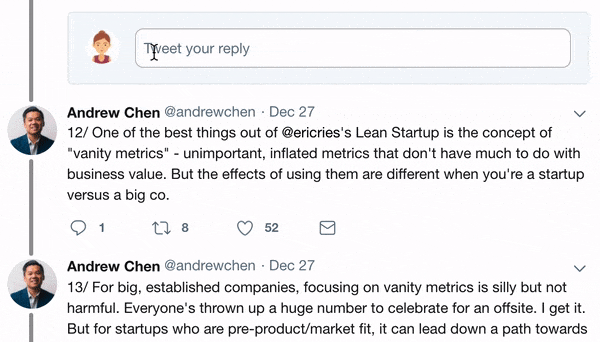
Python image processing libraries
◆Scikit-Image
◆Pillow
◆NumPy(image is just an array of pixels)
The following are more than image processing, they provide state-of-the-art computer vision and machine learning algorithms:
◆OpenCV
◆OpenMMLab
◆Scikit-Image
◆Pillow
◆NumPy(image is just an array of pixels)
The following are more than image processing, they provide state-of-the-art computer vision and machine learning algorithms:
◆OpenCV
◆OpenMMLab
Also, most machine learning frameworks have image processing functions.
TensorFlow has tf.image and Keras took that further to image processing layers that you can insert inside the model.
TensorFlow has tf.image and Keras took that further to image processing layers that you can insert inside the model.
tf.image: tensorflow.org/api_docs/pytho…
For PyTorch users, there is torchvision that contains image processing functions and state-of-the-art vision algorithms.
pytorch.org/vision/stable/…
pytorch.org/vision/stable/…
• • •
Missing some Tweet in this thread? You can try to
force a refresh








